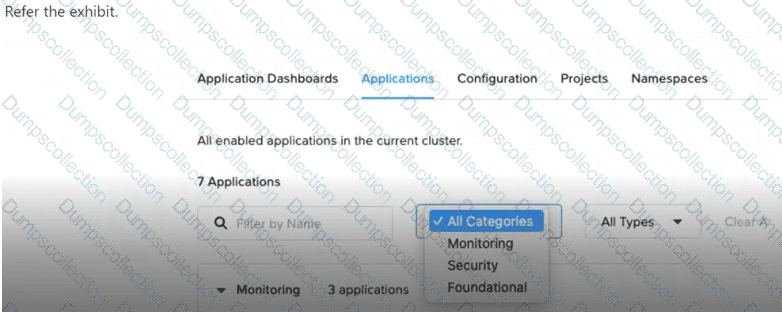Nutanix Nutanix Certified Professional - Cloud Native (NCP-CN-6.10) NCP-CN Exam Dumps: Updated Questions & Answers (December 2025)
A Platform Engineer is getting started with NKP and has created a bastion host with all needed prerequisites.
How should the engineer install Kommander?
A Platform Engineer needs to create an NKP custom image for vSphere.
Which option should the engineer use?
A Platform Engineer manages an NKP environment and is preparing a machine image to become an NKP cluster node. Which statement is correct regarding the default node preparation process?
A Platform Engineer needs to create an NKP cluster on vSphere infrastructure, using the vSphere provisioning method. The cluster needs to have 3 worker node pools:
First node pool should consist of 6 worker nodes
Second node pool should consist of 3 worker nodes
Third node pool should consist of 3 worker nodesAdditionally, the worker nodes in the first node pool should be set to 10 CPUs, the second node pool workers should be set to 8 CPUs, and the third node pool workers should be set to 6 CPUs. What is the proper way to create the NKP cluster using the NKP CLI?
An administrator has been trying to deploy an initial AHV-based NKP cluster in a dark site (no Internet connectivity) environment using the command shown in the question.
nkp create cluster nutanix \
--cluster-name=$CLUSTER_NAME \
--control-plane-prism-element-cluster=$PE_NAME \
--worker-prism-element-cluster=$PE_NAME \
--control-plane-subnets=$SUBNET_ASSOCIATED_WITH_PE \
--worker-subnets=$SUBNET_ASSOCIATED_WITH_PE \
--control-plane-endpoint-ip=$AVAILABLE_IP_FROM_SAME_SUBNET \
--csi-storage-container=$NAME_OF_YOUR_STORAGE_CONTAINER \
--endpoint=$PC_ENDPOINT_URL \
--control-plane-vm-image=$NAME_OF_OS_IMAGE_CREATED_BY_NKP_CLI \
--worker-vm-image=$NAME_OF_OS_IMAGE_CREATED_BY_NKP_CLI \
--registry-url=${REGISTRY_URL} \
--registry-mirror-username=${REGISTRY_USERNAME} \
--registry-mirror-password=${REGISTRY_PASSWORD} \
--kubernetes-service-load-balancer-ip-range $START_IP-$END_IP \
--self-managed
Which missing attribute needs to be added in order for the deployment?

After selecting the Production workspace and selecting View Details for the cluster prod-01, a Platform Engineer wanted to enable the NKP Insights application. This application is under the Observability category, but this category doesn’t appear in the list.
Which action should the engineer take to be able to deploy the NKP Insights application in the Kubernetes cluster for this workspace?
After loading the NKP bundles to a private registry in an air-gapped environment, a Platform Engineer now needs the Konvoy bootstrap image to create the bootstrap cluster. The Konvoy image has not been loaded into the registry. Which is the most viable command to load the Konvoy bootstrap image on the bastion host?
A Platform Engineer is deploying NKP into a highly secure vSphere environment. The NKP cluster will be air-gapped, and must also be FIPS compliant. The OS platform to be used for NKP cluster nodes is RHEL.
What must the engineer do to properly prep an OS image and have it be deployed as a FIPS compliant NKP cluster node?
Which option is enabled with the NKP Pro licensing tier?
Which CAPI provisioning method requires creating an inventory file of the servers to become NKP nodes?

